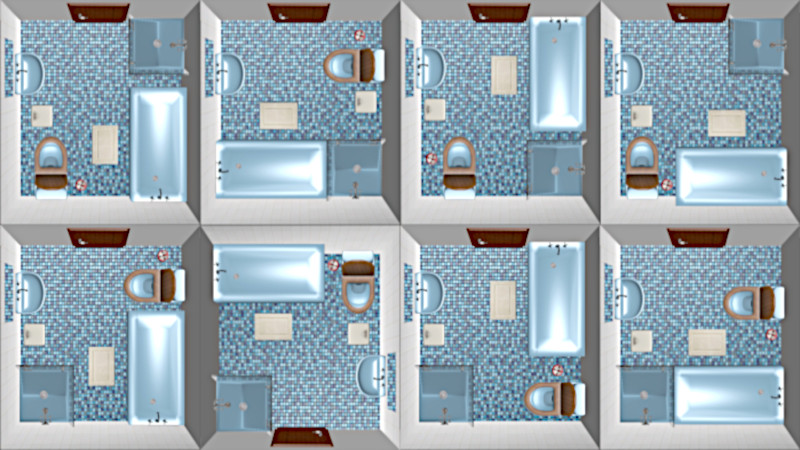Once I read that people who are born blind, perceive the world as a network of tubes. For us, sighted people, the world is a container. For them the world is what they experience, their own trail of motion in space, which is a network of routes. I imagined that. I could, because I have some visual-spatial intelligence, like most of us. We can visualize things.
Spatial intelligence is the ability to mentally generating and manipulating visual images. It was crucial for survival in the Stone age. The hunter heard a noise in the bush. He visualized a tiger, sized up the distance to the nearest tree to climb and jumped over the rocks or ran around boulders while running to reach the safety of the tree. Though he didn’t fully see the landscape which was obscured by bushes, he was able to figure out the shortest way to escape. He was really good at spatial intelligence, otherwise I, their descendant, would not write about it now. He survived.
Nowadays, in education, spatial intelligence has lost is significance. The emphasis is on developing verbal and mathematical intelligence. You can survive without spatial intelligence—unless you are an architect, engineer, painter, dancer, … a surgeon… ops, it seems we still need it.
In science there were two significant discoveries which could have not be done without this ability.
The structure of the benzene molecule seemed to be impossible to describe in traditional ways. Molecules were understood as chains, connecting atoms with bonds in a linear way. Kekule, an organic chemist found out that atoms can join in ring shape, too. He was good at imagining and visualizing things.
The other discovery was the double helix shape of the DNA molecules. Too small to observe them through a microscope, it was the result of mental imaging. While other biologists were busy to decipher the composition of the DNA, Crick and Watson were interested in the three-dimensional configuration of the molecule. They thought that the key to understand heredity is hidden in the shape. They were right, the structure itself gives a good explanation to observations in genetics. The double helix, an elegant twisted ladder structure accounts for the exact replication of the molecule.
You have a good spatial intelligence, if you are able to
- Mentally generate and transform visual images, e.g. you can imagine a dice in space by looking at its net
- Recognise different angles, viewpoints, e.g. you can roll the imaginary dice and you still know which are the opposite sides
- Imagine movement, e.g. mentally see how perspective changes by distance
- Represent the outer world in mind, e.g. you can visualize a beach and the sea when you close your eyes
- Understand physical space, distance and measurement, e.g. you can compare size of objects and their relations
People with excellent spatial intelligence are good at
- Drawing, sculpting
- Reading maps
- Navigating without maps
- Visualize
- Imagine
- Mind maps
- Diagrams, charts
- Maze
- Puzzles
- Tinkering
- Using / creating 3D
- Video games
- And so on….
If you think your spatial intelligence is not so outstanding, you can improve it with all the practices above. It is super-enjoyable, I promise.

